Will the AI bubble pop?
By: J Mulraj
Image created by Canva
There are several signs that the raging bull may be tired and seek a rest.
One of the triggers for the 2008 Global Financial Crisis (GFC) was derivative exposure in the form of Mortgage Backed Securities (MBS) and Collateralised Debt Obligations (CDOs). Banks gave mortgage loans to borrowers called NINJAs (those who had No Income, No Jobs and no Assets). In short, knowing that had no repayment ability the banks provided the loans. Why? Because the banks only generated the loans but then sold them to unwary retail investors, thus outsourcing the likely defaults. The sale was done by creating CDOs, which are complex financial products created by bundling these mortgage loans, slicing them, and offloading to retail investors. Banks were aided by credit rating agencies which, without understanding the product, rated them highly, some AAA, a violation of their fiduciary responsibility and a breach of trust. Ultimately these sub-prime loans defaulted, one of the triggers for the GFC.
But, sadly, we never learn.
At the end of December 2024, the global OTC derivatives notional outstanding was, hold your breath, $ 700 trillion (with a T). Of this, $ 548 trillion is the notional outstanding in interest rate derivatives and $ 130 trillion is the notional outstanding in FX derivatives. (
)
In the 2008 GFC, a brokerage firm, Lehman Brothers, collapsed. It had amassed a $ 85 b. portfolio of MBS, four times its net worth. After Lehman Brothers collapsed, banks stopped transacting with others for fear of contamination, and the credit market froze, triggering the GFC.
Now, with $ 700 trillion in notional outstanding derivatives, the possibility of another Lehman type of collapse is huge.
Then there is the Buffett indicator, devised by the world’s most famous investor. This is the stock market capitalization divided by the country’s GDP. The indicator is now at 211%, indicating high overvaluation. . Buffett has been a net seller for the past 12 quarters. The Magificent 7 stocks, which are propelling the AI boom, have a representation of around 36% in the S&P 500 index, and, should the AI bubble pop, would sharply drag it down. Mutual funds and ETFs invest in Mag 7 companies in the same proportion, and their selling will exacerbate the drop.
Buffett has been warning of an AI bubble; the well known tech companies investing in AI have over invested, and the likely immediate returns won’t justify the capex. He compares it to the dot com bubble and expects a similar fate. AI will provide useful technology to solve many of the world’s problems, just as a few of the dot com companies like Amazon became valuable. But that didn’t prevent the dot com bubble from bursting.
Another trigger is the possibility of unwinding of the $ 20 trillion yen carry trade. Japan has had low interest rates, at a time when other countries were raising them to fight inflation. Investors made easy money borrowing in Japanese yen and lending in USD, at higher interest rates. This works so long as Japanese interest rates are low and its currency is not rising. But when crisis erupt, as they did in the 2008 GFC and the 2020 Covid, the yen appreciated, and the carry trade unwound, affecting stock markets.
Jamie Dimon, CEO of J P Morgan, recently commented that when you see one cockroach, there will be others. He was referring to two mid sized companies which recently went bankrupt, Tricolor and First Brands. Tricolor, a sub prime auto lender, learnt, after ignoring lessons from the 2008 GFC, that history does repeat itself. First Brands, an auto parts supplier, expanded aggressively through acquisitions, financed with a $ 5 b borrowing.
The Jamie Dimon warning about cockroaches is of a credit crisis. More such cockroaches will cause one, and impact the banking sector. Watch this video to understand the warning signal from the REPO market, which provides short term liquidity at an interest cost known as SOFR (secured overnight funds rate). As SOFR loans are secured against Treasury Bills, the interest rate is below the Federal Funds rate, for unsecured loans. Recently, however, the SOFR went higher, a warning sign of tight liquidity.
Last week the BSE Sensex ended flattish, hovering around the 83000 level.
In geopolitical news, China has, in addition to it’s chokehold over rare earths, achieved dominance in titanium, a metal used in the defence industry, in modern fighter jets, submarines and armoured vehicles ().
The US has it’s eyes on Venezuela and destroyed five of it’s boats which were allegedly involved in drug smuggling. Venezuela, up on the eastern coast of South America, falls in America’s sphere of influence. It has the world’s largest oil reserves, more than Saudi Arabia. Russia has sent missiles, anti ship and others, to Venezuela to defend itself. This is a replay of the Cuban missile crisis and poses a danger unless diplomacy prevails.
A sharp downturn in US stockmarkets will be contagious. Caution is called for.
————————————-
Comments may be sent to : jmulraj@asiaconverge.com












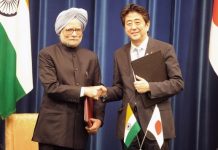








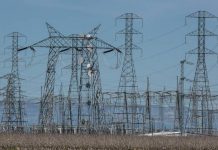







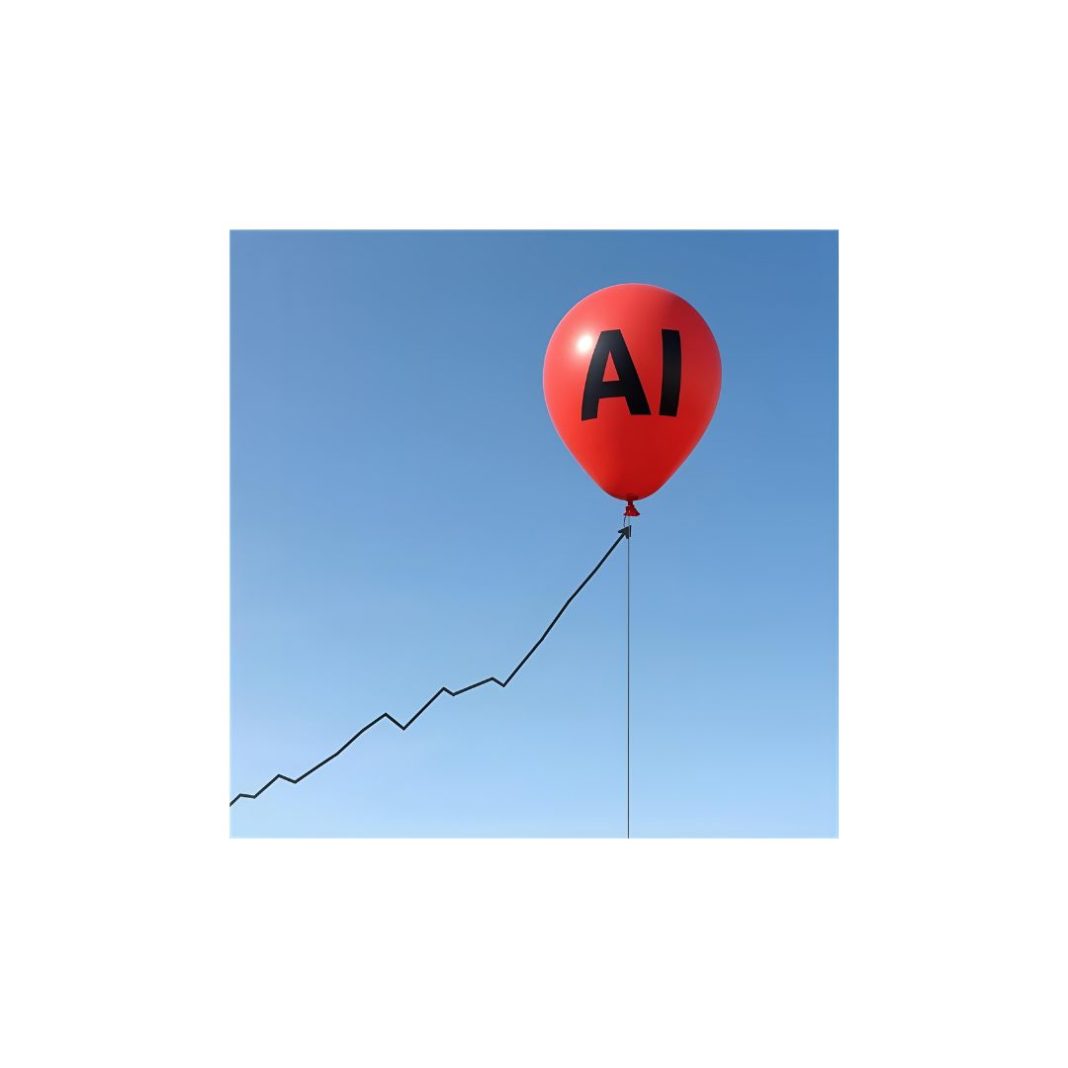

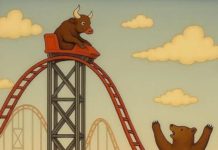
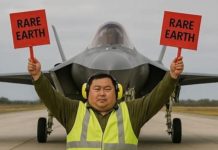

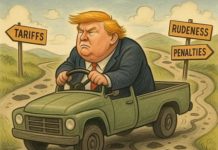







COMMENTS